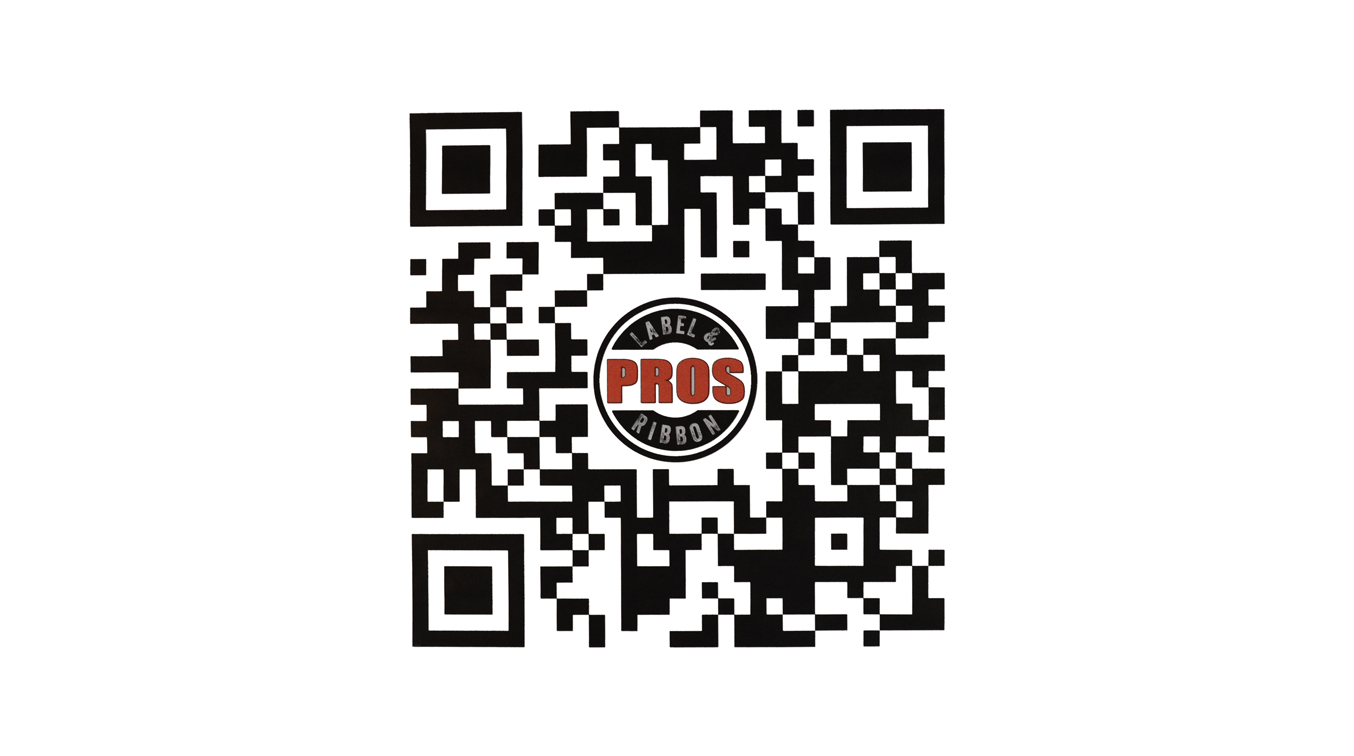Thermal Transfer vs. Direct Thermal - What's The Difference

Thermal Transfer vs. Direct Thermal - What's the Difference?
If you have years of experience printing your own labels, you may already know the answer. For others the answer may not be that simple. Maybe you just started a new position and thermal printing falls under your list of responsibilities, or maybe your company has just started printing their own labels and you are all new to the process. Either way, if you are new to thermal printing or just need a refresher, this article will give you the rundown on thermal transfer vs. direct thermal labels.
What is Thermal Printing?
Thermal printing is a process that applies heat through a thermal printhead to generate an image onto a label. This ‘image’ is your barcode, text or other variable information that you control. Thermal transfer labels use a thermal ribbon; direct thermal labels do not use a thermal ribbon. Both methods produce crisp, high-quality barcodes and images that are easily scanned - all at a more economical cost, compared to other technologies. Common thermal printing applications include barcode labels, shipping labels, product identification labels, inventory labels, compliance labels, nursery tags & labels and many more.
Thermal Transfer
Thermal transfer labels require a thermal ribbon to print. When printing, the label and ribbon pass through the printhead together and as the printhead’s sensors apply heat; the wax/resin is melted from the ribbon and transferred to the label.
Thermal transfer labels are most commonly a paper label; however, this technology allows for a variety of label substrates like polypropylene and polyester for weather or chemical resistance. When paired with the correct resin ribbon, some synthetic thermal transfer labels can also be classified as UL-Certified. Thermal transfer labels are available in a wide variety of sizes and colors and thermal ribbons are available in different colors and types as well.
Advantages to Thermal Transfer Printing
- Provides crisp, durable, long-lasting images that can be scanned and rescanned over time
- Can be used on a wide variety of substrates and label surfaces
- Most popular and economical method of thermal printing
- Thermal labels & ribbons are available in many colors and types for a variety of printing options
- Can print weather resistant labels or UL Certified labels
Direct Thermal
Direct thermal labels do not require a thermal ribbon to print. When printing, the label passes through the printhead and as the printhead’s sensors apply heat, the surface changes colors creating the image. Direct thermal labels have no ink or ribbon; they use heat-sensitive properties that are built right into the label.
Direct thermal labels are a great choice for any application that does not require long-term use (like a shipping label). Because they have heat sensitive properties built-in, direct thermal labels are sensitive to sunlight and heat and will not last long if left exposed.
Direct thermal labels are commonly used with mobile printers since they require less space because no thermal ribbons are needed. This allows convenient, on the go printing wherever you take your mobile printer. Direct thermal labels are also now available in colors and fanfolded stacks.
Advantages of Direct Thermal Printing
- Quick and easy to use
- Does not require a thermal transfer ribbon
- Low cost of operation since you don’t need a ribbon
- Small footprint allows use of mobile printing
- Direct thermal labels are now available in several colors

Conclusion
Thermal transfer and direct thermal printing are both great options when printing your own labels; most of today’s industrial printers can print both methods simply by flipping a switch. As for determining which method is right for you, it primarily depends on your application. Do the labels need to last or will they be discarded in a few days? Are different colors needed? Will the label be exposed to heat or harsh conditions, etc? If you still are unsure which application is best for you, please contact us and we will be happy to help!
Scratch Test
What if you are unsure whether you are using thermal transfer or direct thermal labels? A simple scratch test is the easiest way to tell. Simply lay the label on a flat or hard surface and then ‘scratch’ your fingernail across the label. If the area turns black then it’s a direct thermal label. If it doesn’t change colors, then it’s a thermal transfer label.

Post comments
Leave A Reply
Your email address will not be published.